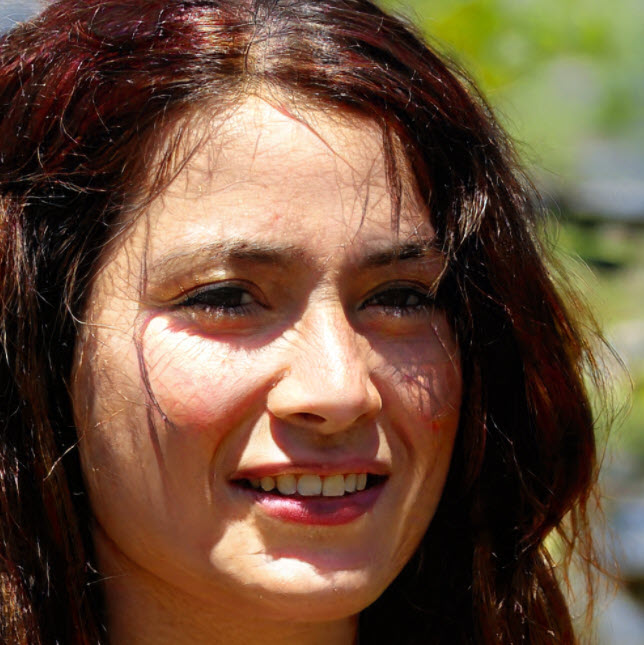How to Unlock the Power of ISO on the Nikon Z7 II
The Nikon Z7 II is an advanced digital camera for photographers looking to take their photography to the next level. It offers many features, including the ability to easily adjust and change ISO settings. As such, it’s important that you understand how changing your ISO on this camera works so that you can get the most out of its robust capabilities. In this post we will provide a brief introduction into learning how to change iso on your Nikon Z7 II quickly and easily.
Understanding ISO
Learning the basics of ISO can be confusing. When it comes to digital photography, ISO is one of the most important technical aspects that needs to be understood in order for you to get great photos every time. In this post, we'll discuss how to change your Nikon Z7 II's ISO settings and why understanding them can help improve your photography skills significantly. By adjusting this setting on your camera correctly, you'll find yourself being able to take brighter pictures with more clarity and color vibrancy than before!
How to Adjust the ISO on Your Nikon Z7 II
If you're looking to adjust the ISO on your Nikon Z7 II, it's a relatively easy process thanks to its powerful camera control options. To change the ISO setting, first navigate to the 'Exposure' section of your settings menu and select 'ISO'. From here you can choose one of 10 available settings ranging from native (which is determined by the lens) up through 102400 depending on what type of shot or environment you are shooting in. Once selected, be sure to click save so that changes will not get lost when turning off or restarting your camera!
Understanding the Effects of Different ISOs
When shooting with your Nikon Z7 II, it is important to understand the effects of changing the ISO settings. The ISO setting on a camera determines how sensitive the image sensor is to light. As you adjust this number higher or lower, it will affect both your exposure and noise levels in an image. A low ISO like 100 gives you a nice clean look but may require more light for proper exposure; conversely, high ISOs such as 3200+ can be used when there’s not enough available light and create very grainy images from digital noise that adds texture but isn't always desirable. Experimenting with different ISOs will help you find what works best for each situation!
Using Auto ISO for Optimal Performance
Using auto ISO on your Nikon Z7 II camera can help you take optimal pictures in varying lighting conditions. Auto ISO adjusts the sensitivity of the sensor automatically to capture light, and helps maintain a consistent exposure level for shutter speed or aperture settings across different lighting levels. Setting up auto iso involves selecting an upper limit so that when adjusting naturally with changes in natural light, it will not overexpose your photos by using too high of an ISO value. It is important to note however,that if you wish to retain control over how much noise appears in low-light shots, then setting up manual ISOs may be preferable depending on individual preference and desired results.
Tips for getting the best results when changing ISO
If you’re new to photography, changing ISO on your Nikon Z7 II can seem like a daunting task. However, there are a few tips that will help you get the best results when making this adjustment. First, remember that higher ISOs give brighter images at night and in darker environments – so if you’ll be shooting outdoors in low light conditions or indoors with limited lighting available then increasing your ISO setting is an excellent way to brighten up those shots! Additionally, make sure your aperture and shutter speed settings match whatever level of brightness/darkness desired by adjusting either one as needed after raising or lowering the ISO. Finally, always keep an eye out for noise appearing during long exposures as high ISOs may introduce noise into photos taken with longer exposure times. With these simple steps in mind it should now be easier than ever to adjust ISO correctly on your Nikon Z7 II and ensure optimal performance no matter what environment you find yourself shooting in!
Conclusion
In conclusion, changing the ISO on your Nikon Z7 II is a great way to improve the quality of your photos. To get the best results when changing ISO you should use an appropriate level based on lighting conditions and desired photo look, keep shutter speed fast while using higher ISOs, watch out for noise created by high ISOs in dark areas or at night time shooting scenarios, and adjust other settings accordingly while experimenting with different levels of ISO. With practice and experimentation you can quickly learn how to masterfully control light through changes inISO setting!
